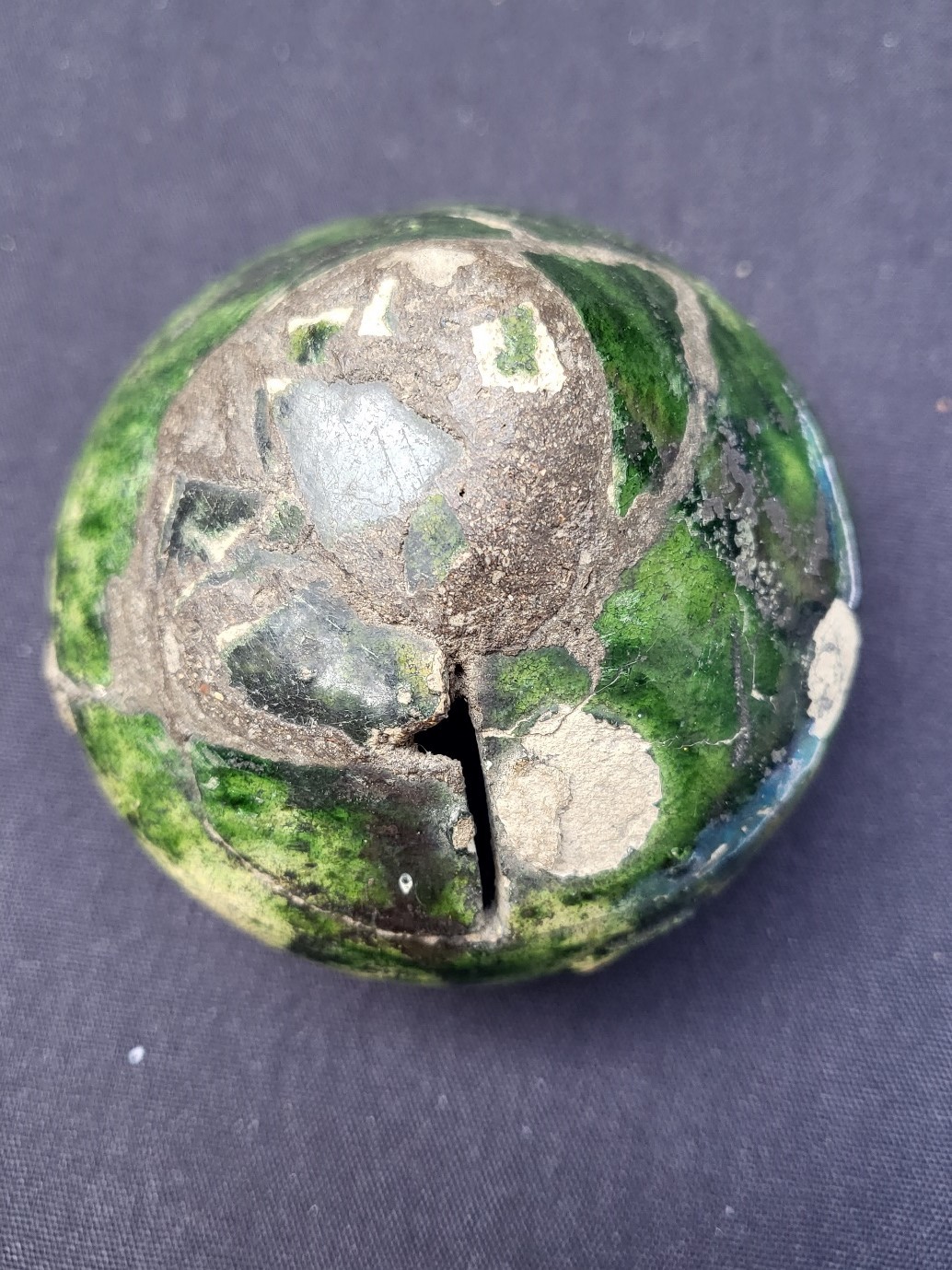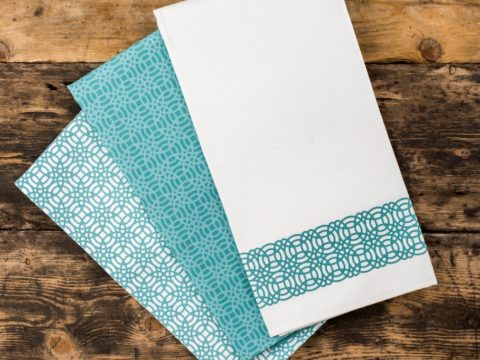19. Money-box
Tudor & Stewart World in 100 Objects

The nineteenth article in our Tudor and Stewart World in 100 Objects series, is this late sixteenth century money-box. Made of green-glazed earthenware, known as Tudor Green Ware, it was uncovered by Lara Maiklem, ‘London Mudlark’, whose fascinating work on the practice of finding forgotten items in the mud of the River Thames has enthralled so many of us.
The item is about 4 – 5 inches high, with a bulbous centre and a slit for coins. Generally, these boxes have a little knob on top, but this example seems to have had a smooth top. The boxes were used in the theatres of the South Bank, being held out by ‘gatherers’ at the entrance for each member of the audience to pay the fee - a penny for standing room as a ‘groundling’ with further pennies paid for increasingly good seats. The design ensured that none of the cash could be skimmed off by any enterprising gatherer – the box cannot be opened to extract the contents, only smashed. Consequently, complete examples are rare, although the remnants of copious quantities of them have been found at archaeological digs including the dig of the Rose Theatre. Why this particular one is still intact is unknown.
